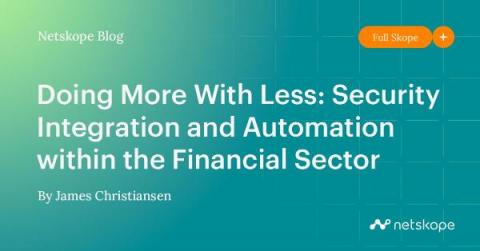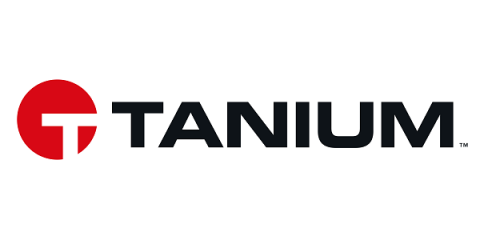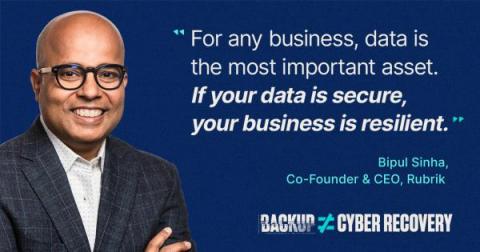Proctor and Gamble is the Latest Company Hit by the GoAnywhere Data Incident
Proctor and Gamble is a massive production company that produces home goods under many different brands and sells them around the world. Major brands like Febreze, Olay, Pantene, Pampers, Gillette, Crest, Dawn, and so many others belong to the organization. Proctor and Gamble recently admitted that it also suffered from data losses linked to attacks on the GoAnywhere file transfer service.











